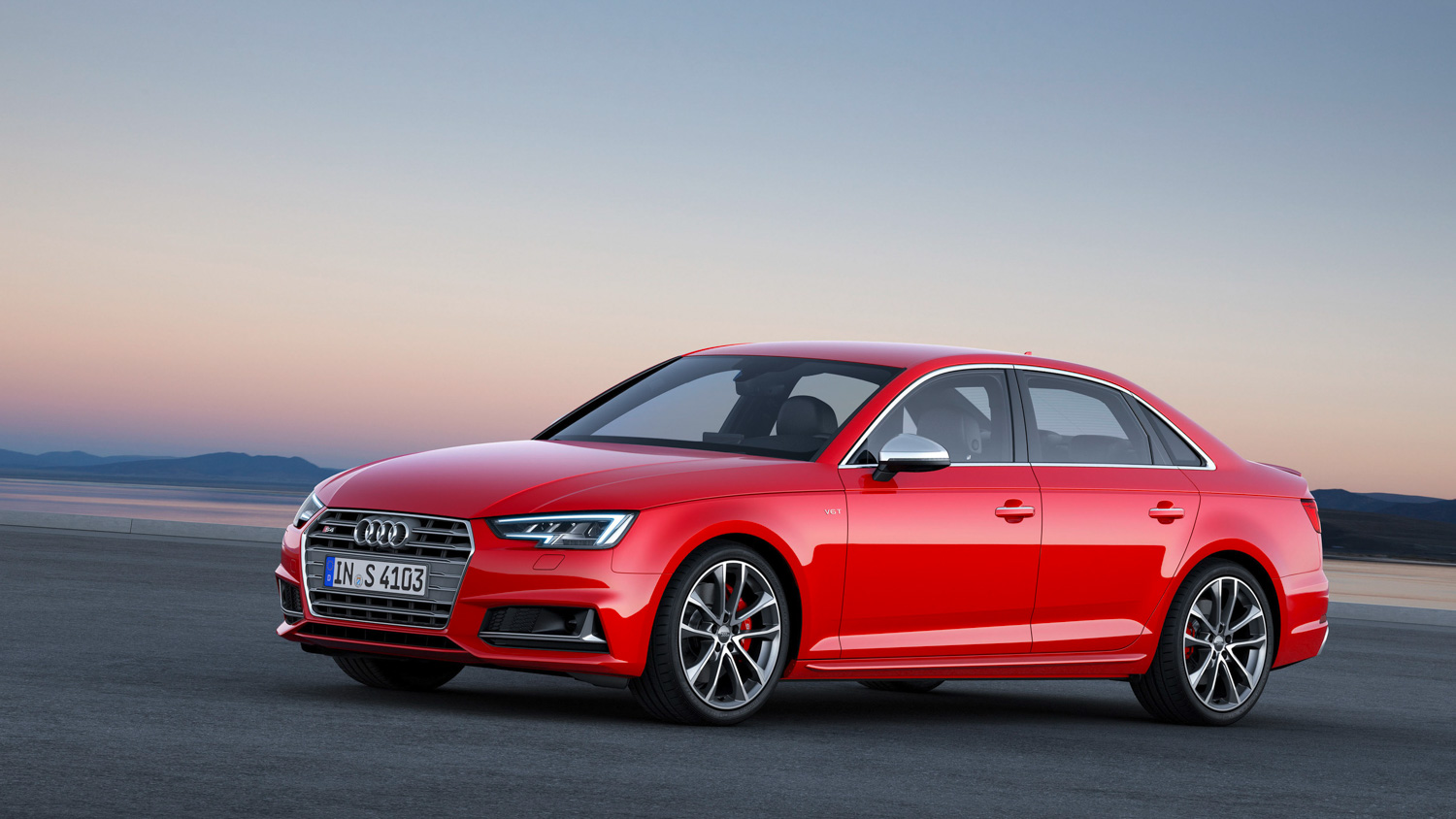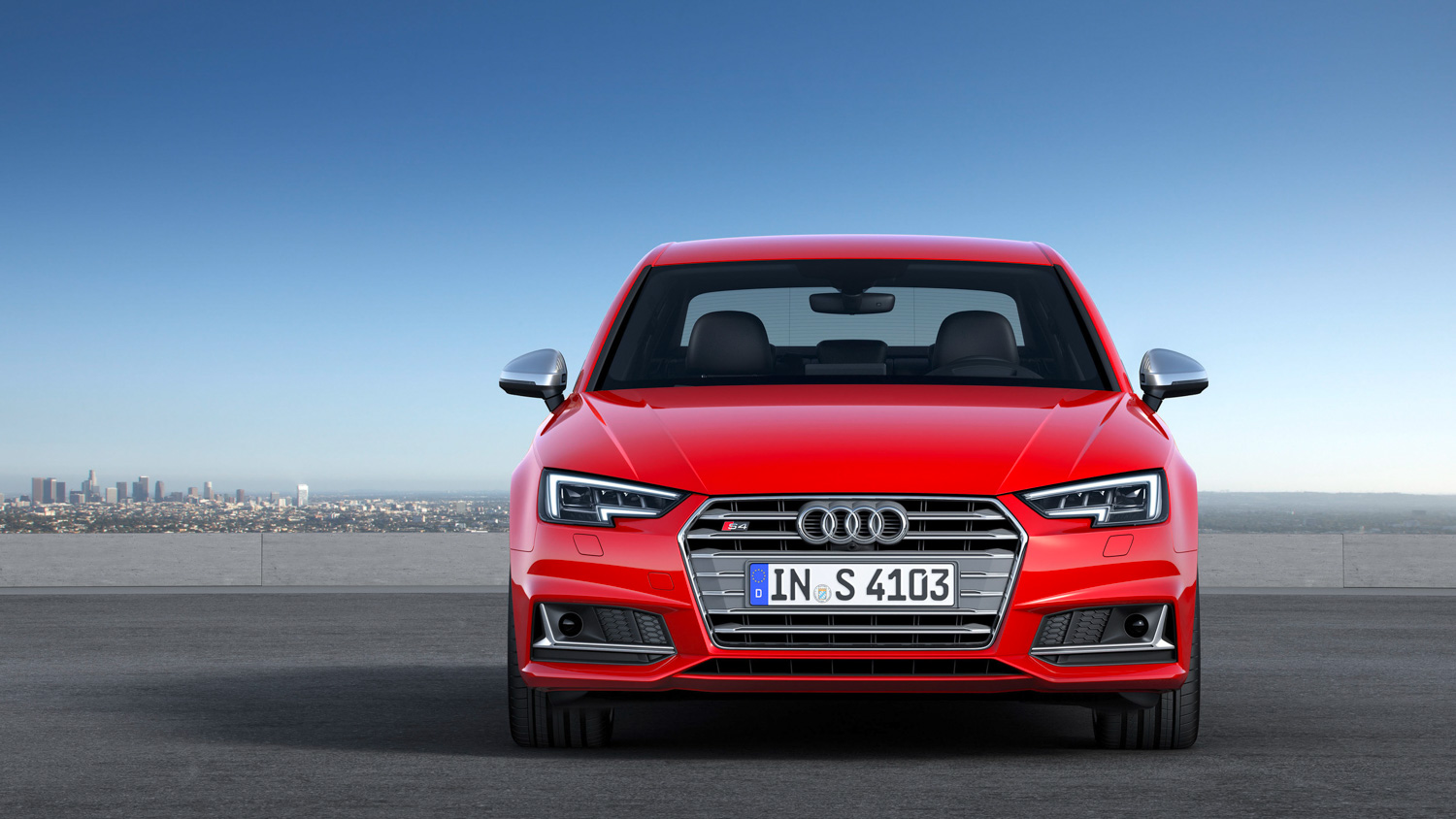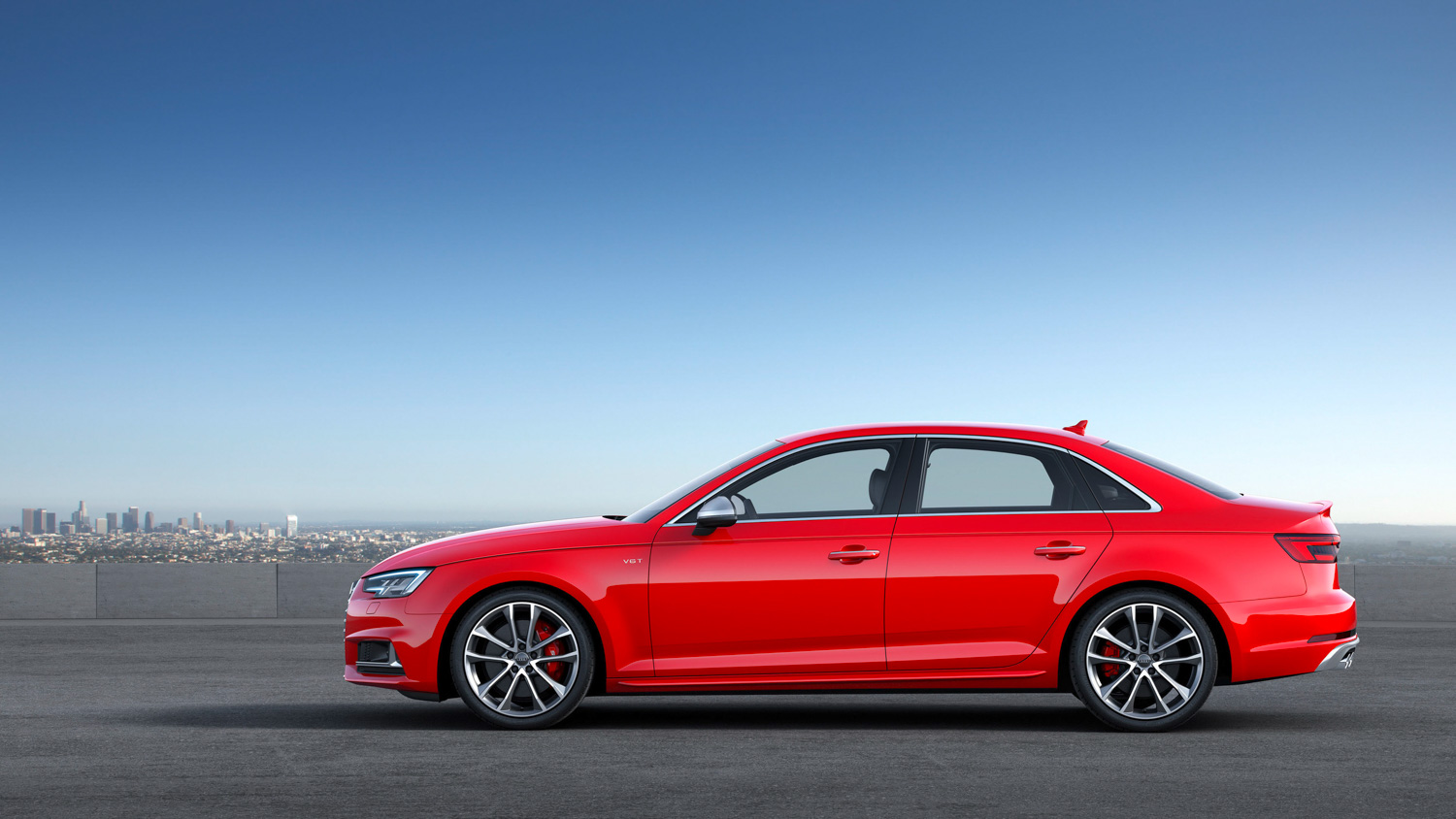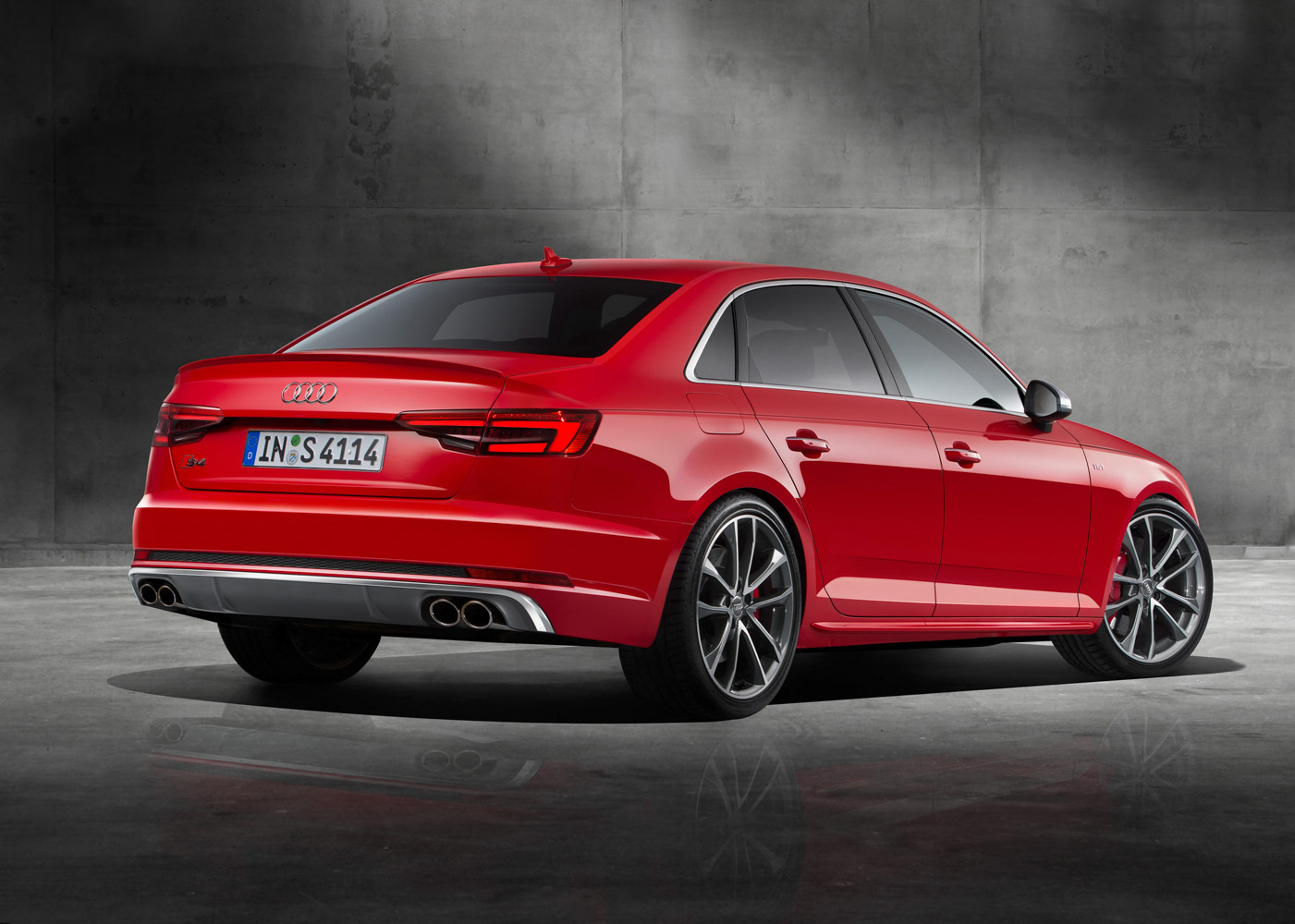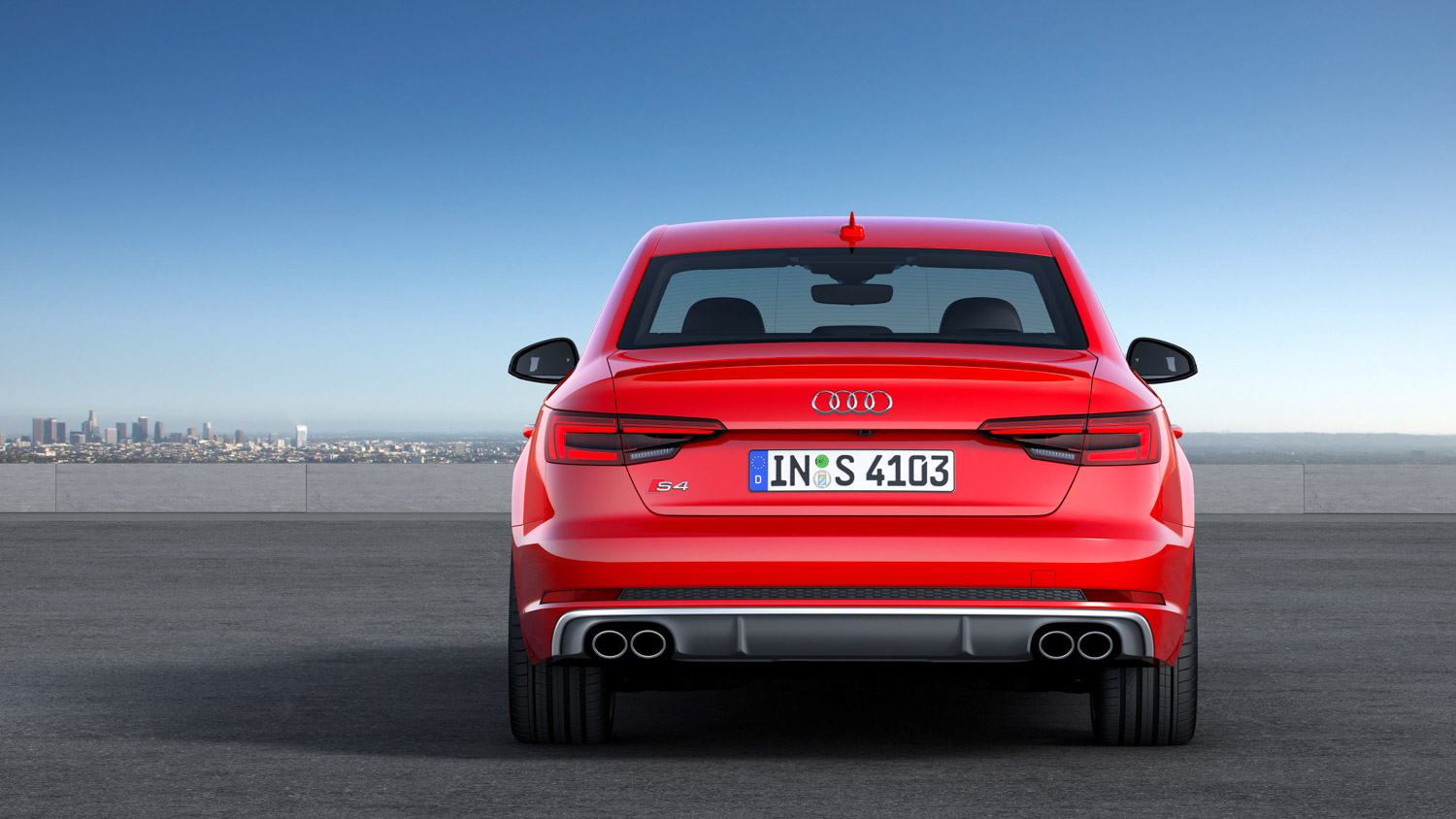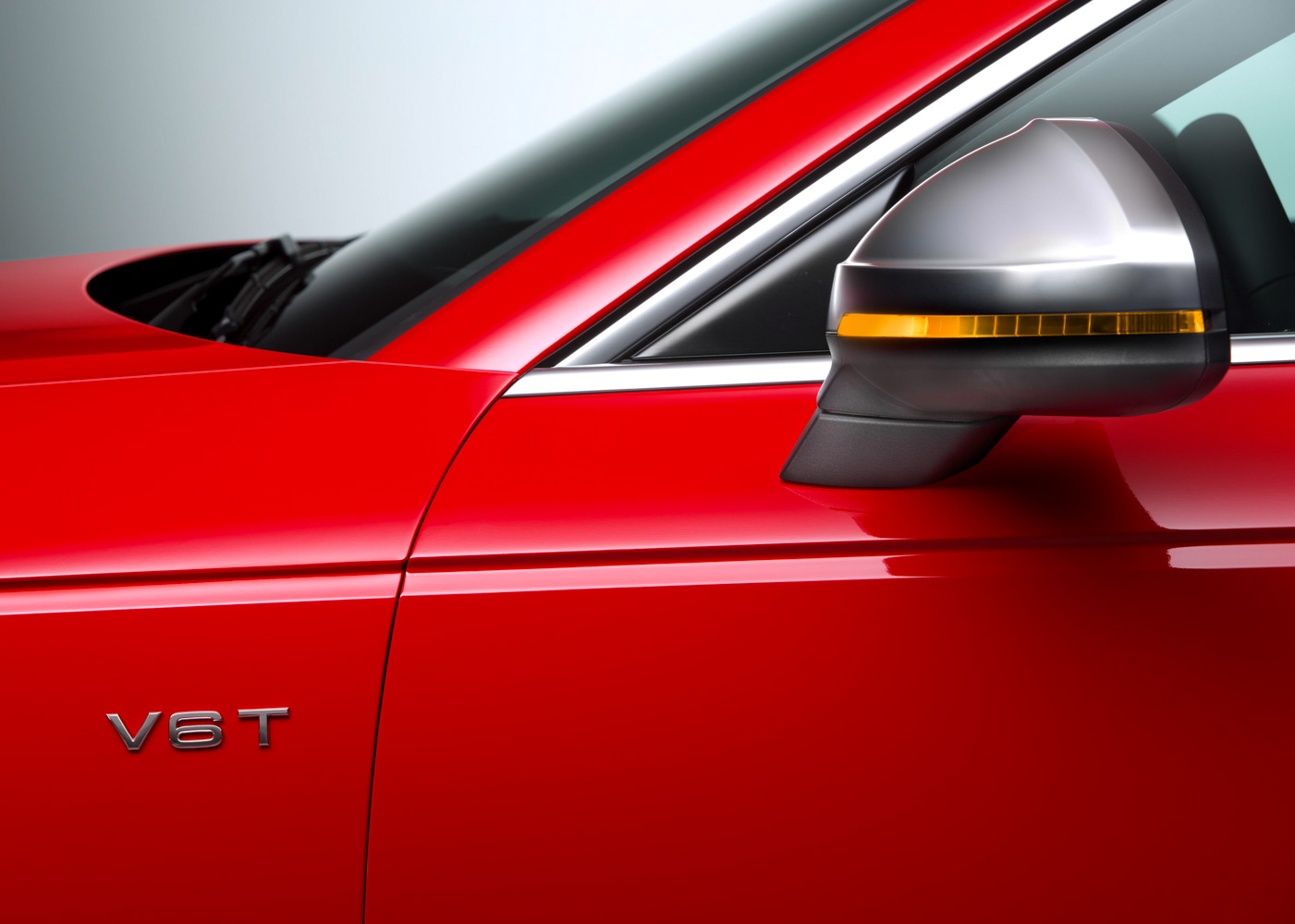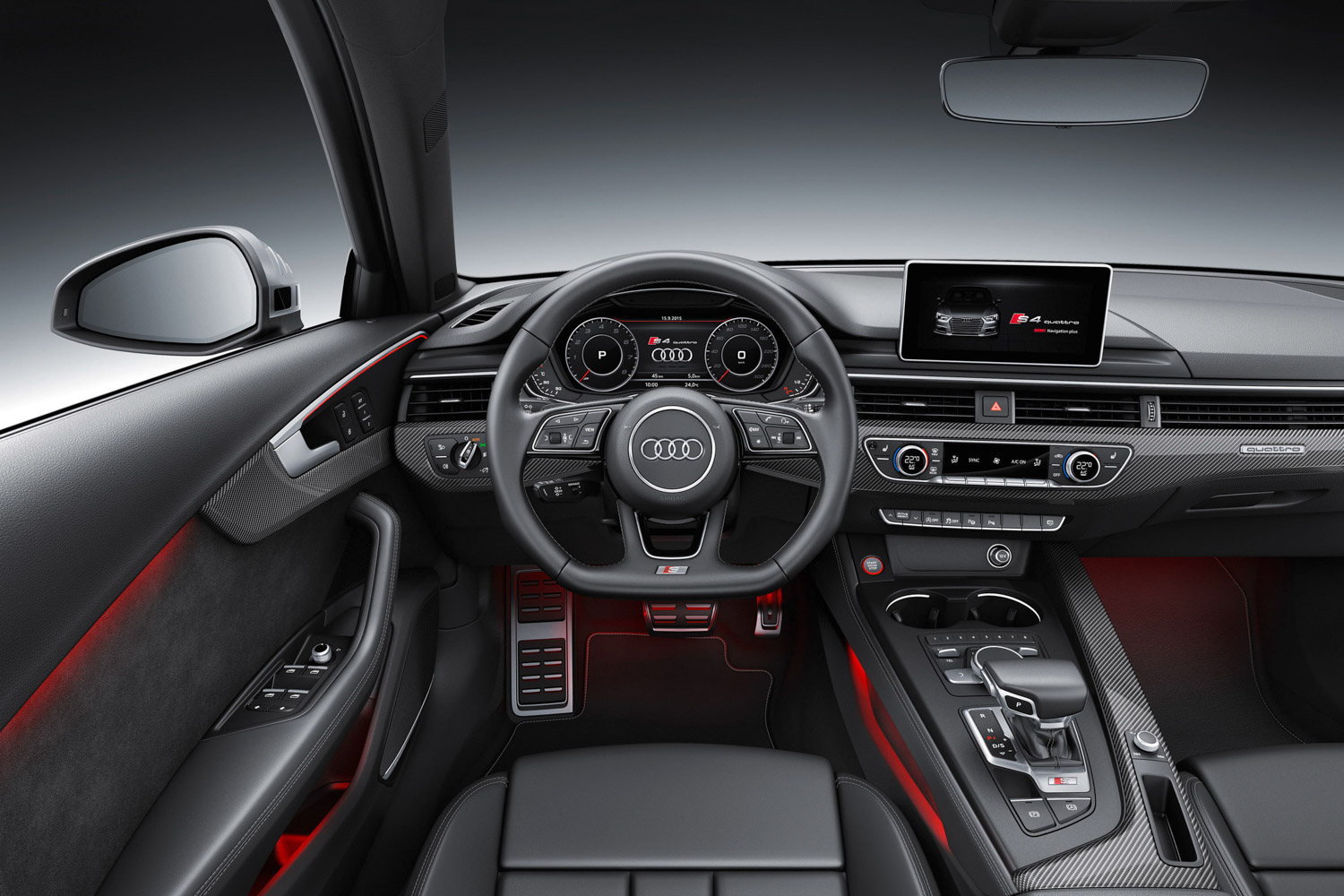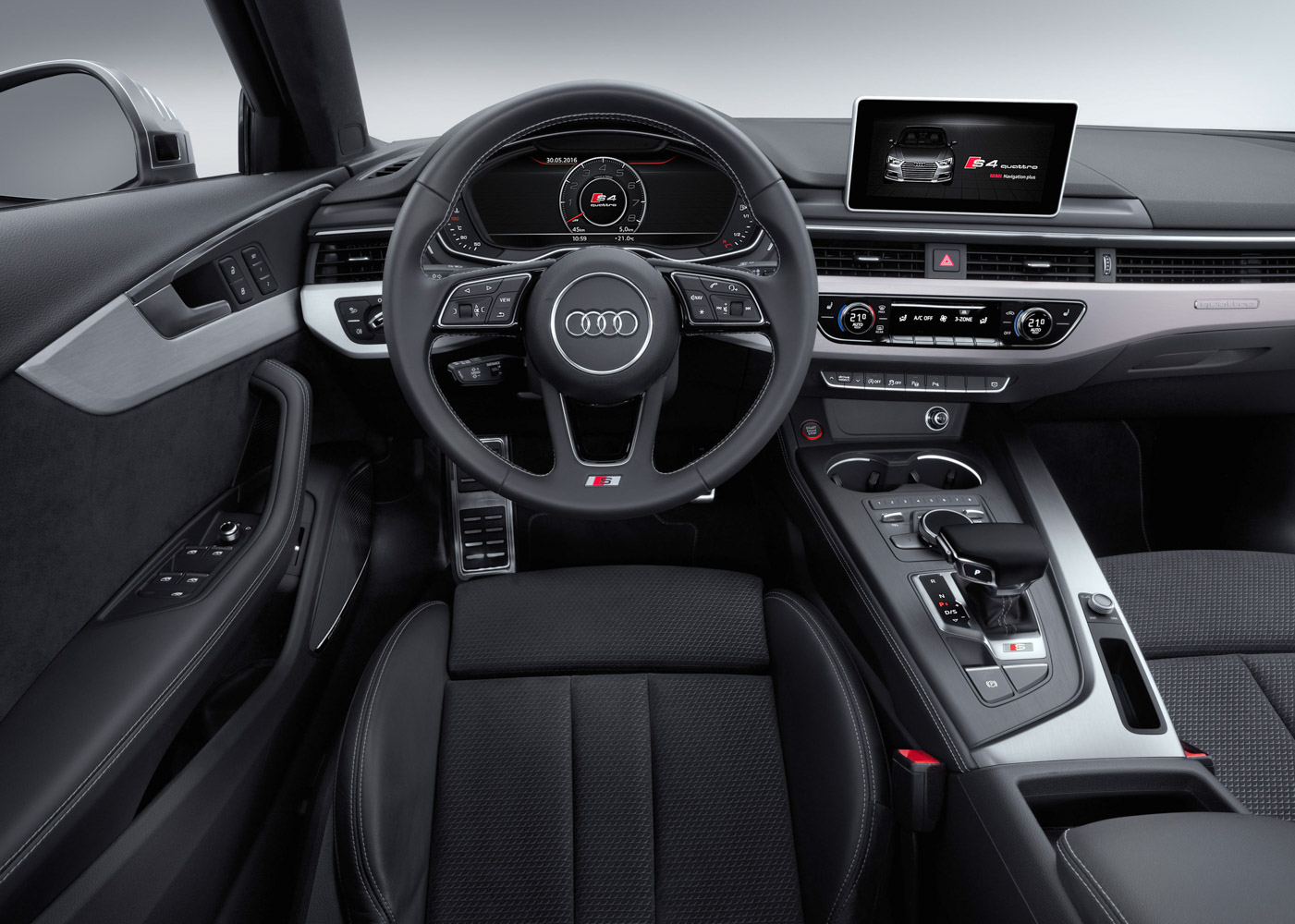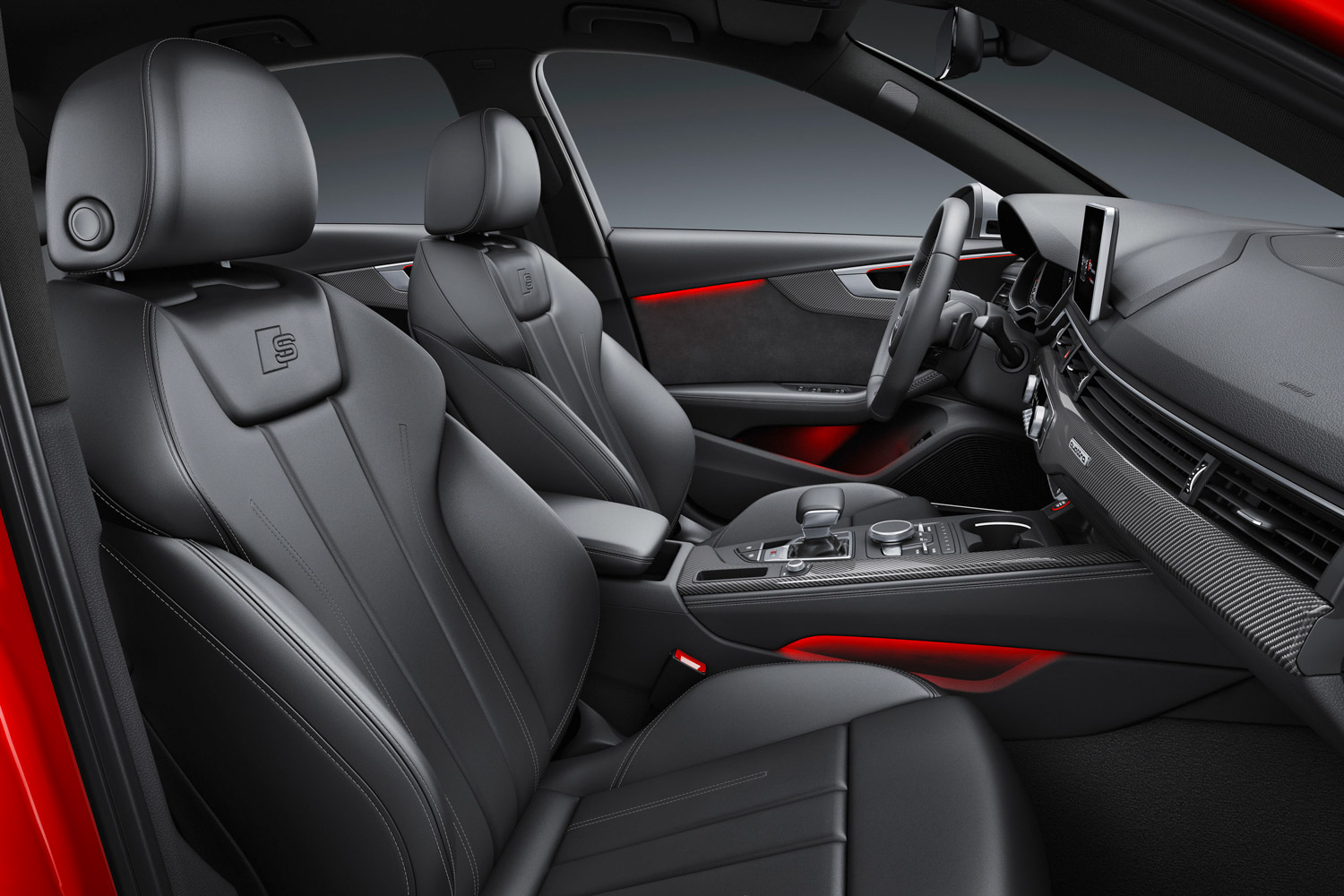German automaker Audi has just announced that next year’s Audi S4 won’t be supercharged, but rather turbocharged, which is the best news we’ve had all day. The people at Audi have stated that their 3000cc TFSI engine will output 260kW (354hp) at the flywheel, and produce 500Nm of torque from 1300–4500rpm — that’s 73Nm more torque than a 2JZ-GTE, just so you know.

Yes superchargers have their advantages over their turbocharged cousins, however, as we’ve seen over the years, the tuning potential isn’t as great from the factory. Perhaps this is why Lexus, BMW, and now Audi have elected to join the turbo ranks.
Unfortunately, this exciting announcement has been immediately dulled by the fact that Audi will no longer be producing the S4 with a manual gearbox. Instead, the S4 will utilize an eight-speed tiptronic transmission that we’re told provides ‘fast, comfortable, and spontaneous gear changes’. We can only hope that by ‘spontaneous’ they mean with regards to the driver’s input, as opposed to the transmission changing gears whenever it feels like it to keep things exciting. The transmission is also said to ‘freewheel’ when possible, in a bid to lower fuel consumption.

Audi is confident that the eight-speed, all-wheel drive, turbocharged combination will not disappoint, having claimed a 0–100kph time of 4.7 seconds. It’s a time that’s outrageously quick for a sports sedan, especially considering that the new S4 will consume less than 7.4 litres of fuel per 100km — a number only seen with smaller-capacity engines.
The suspension in the Audi has also reportedly had a serious rework, with high-speed stability and universal handling in mind. Audi engineers have made sure that every suspension component is as light as possible, in an attempt to further aid driver feel and feedback. Adding to this is how low the S4 sits, 23mm lower than the bread and butter A4 it’s based upon, while sporting a set of 18-inch wheels with 245/40R18 tyres. An alternative set of 19-inch wheels are also available as an option.

The interior in the S4 is a very nice place to be indeed, with Alcantara and pearl-nappa leather seats present, as well as a fully digital instrument cluster named the Audi ‘virtual cockpit’. The 12.3-inch screen displays all the usual vital information, but has three modes — our favourite being ‘sport specific’, which places the tachometer smack bang in the middle.
Although we don’t like the fact that there’s no manual, we’re looking forward to taking a closer look into the S4 when they go on sale. We’re also keen to see which automotive manufacturer goes down the turbocharged route next. It’s an exciting time for tuning enthusiasts indeed.


